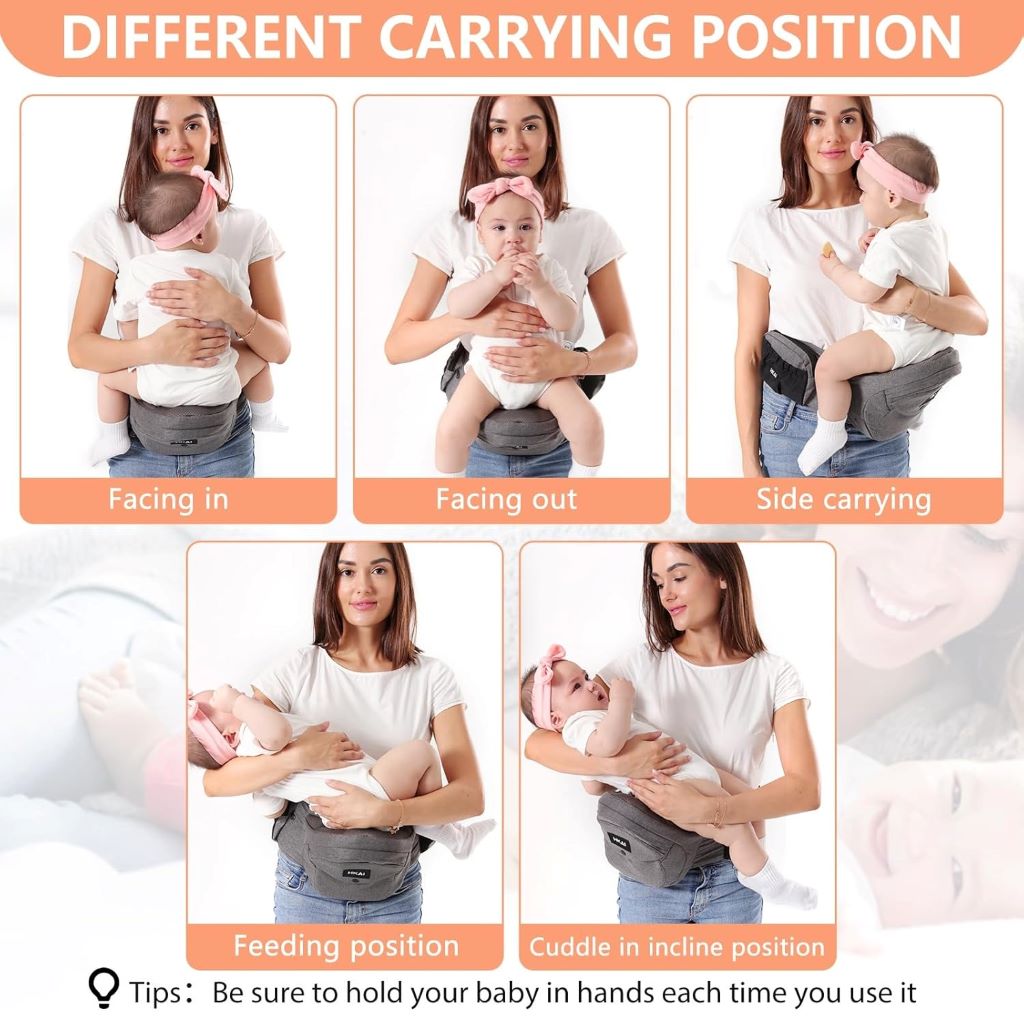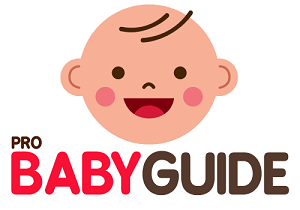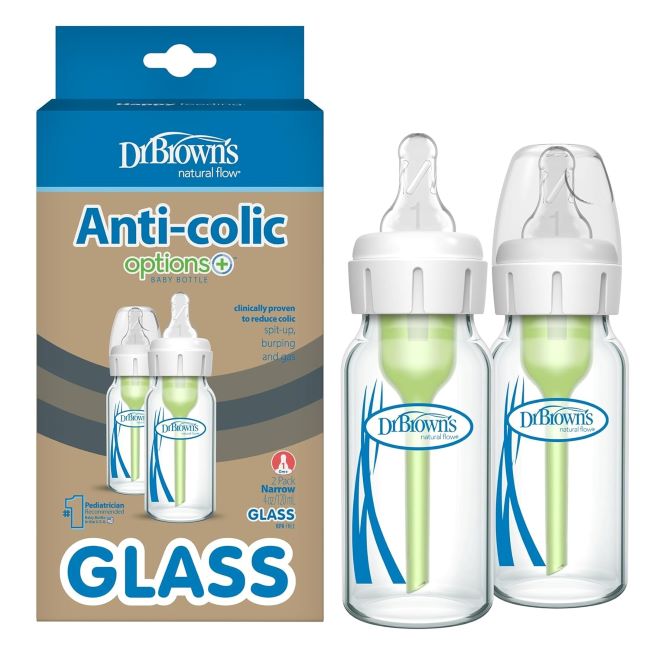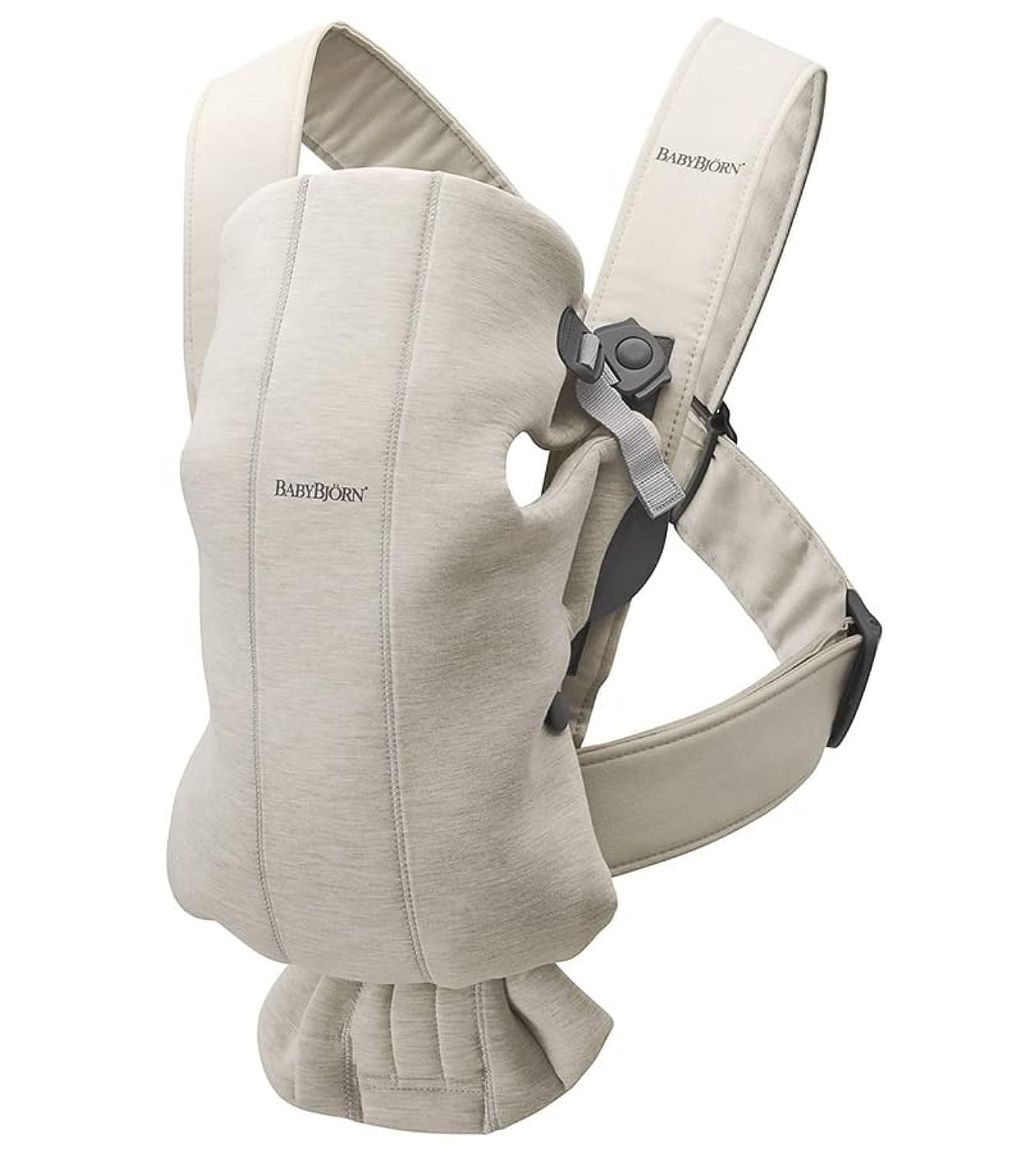Finding the perfect baby carrier feels overwhelming when countless options flood the market. Parents need comfort, safety, and convenience wrapped into one reliable product. The HKAI Baby Hip Carrier promises to deliver all three, earning recognition as a Mom’s Choice Award winner.
This comprehensive review examines real-world experiences with the HKAI hip carrier. We’ll explore its ergonomic features, practical benefits, and potential drawbacks. Additionally, we’ll compare it against pediatrician recommendations for safe babywearing practices.
Read more: HKAI Baby Hip Carrier Review: Award-Winning Comfort Meets Practical DesignWhat Makes HKAI Stand Out?
The HKAI Baby Hip Carrier targets parents seeking versatility without compromising comfort. Customers find the baby carrier comfortable and easy to use, noting it sits well on the hip and is quick to put on and take off. However, comfort alone doesn’t guarantee success in the competitive baby carrier market.
HKAI hip seat is suitable for newborns to 36 months (or up to 44 lbs), making it remarkably versatile. This extended weight range means parents won’t outgrow their investment quickly. Furthermore, the carrier offers multiple carrying positions including facing in, facing out, side carry, and feeding positions.
The storage capacity sets HKAI apart from many competitors. HKAI baby carrier features five pockets and a clasp for convenient storage; includes a bottle holder, a side zippered pouch for phone, wallet, and keys, and a large front pocket for wipes and diapers. This practical design addresses real parenting needs beyond basic carrying functionality.

Real-World Testing: Parents Speak
Amazon reviews reveal mixed experiences with size compatibility. I got this initially for myself but quickly realized it was a way better fit for my husband because he’s just broader and this fits his shoulders. This feedback suggests sizing runs larger than average, potentially creating fit issues for petite parents.
Durability emerges as a consistent positive theme across reviews. Customers find the baby carrier easy to use and appreciate its durability, with one noting it’s sturdy for toddlers. This reliability factor becomes crucial when supporting growing children approaching the 44-pound weight limit.
Spanish-speaking customers praise the versatility aspect. One reviewer noted the ability to accommodate babies in different positions comfortably. This adaptability proves essential as babies develop preferences and grow larger.
Ergonomic Safety: What Pediatricians Say
Hip health remains paramount when selecting any baby carrier. Most pediatricians recommend a healthy seated “M” position when using a hip seat carrier. That means your tot’s knees should be sitting higher than their tush when they’re in the face-to-face and side carry position.
The International Hip Dysplasia Institute provides specific guidance for carrier positioning. Inward-facing carrying may be healthier for hip development, especially during the first six months if infancy. Parents should prioritize inward-facing positions during this critical developmental period.
Some experts suggest that babywearing should be limited to 2-hour stretches, as some carriers may restrict baby’s hips and legs when used for too long. This timing guideline applies regardless of carrier type, emphasizing the importance of regular position changes.
Pros and Cons Analysis
Pros:
- Mom’s Choice Award recognition validates quality standards
- Impressive weight capacity from newborn to 44 pounds
- Five storage pockets provide exceptional convenience
- Multiple carrying positions accommodate different needs
- Breathable mesh construction prevents overheating
- Quick on/off design simplifies daily use
Cons:
- Sizing appears better suited for broader body types
- Limited feedback from petite parents regarding comfort
- Hip seat style may not appeal to traditional carrier preferences
- Price point higher than basic carrier options
- Learning curve required for multiple position configurations
How Does HKAI Compare?
Industry leaders like Tushbaby dominate the hip seat carrier market. The Tushbaby Hip Seat Carrier is an ergonomic, easy-to-use solution for parents who want to comfortably carry their little one, especially older babies and toddlers. However, HKAI offers more storage options and versatility at a competitive price point.
Ergobaby represents another established competitor in this space. Their reputation spans decades, while HKAI represents newer innovation. Both prioritize proper hip positioning, but HKAI’s storage capacity provides additional practical value.
Traditional structured carriers from brands like BabyBjörn offer different advantages. They distribute weight across shoulders and torso, while hip seats concentrate weight on hips. Parents with back issues might prefer traditional distribution methods.

Featured Snippet: Quick Guide to HKAI Baby Hip Carrier
What makes HKAI Baby Hip Carrier special?
The HKAI Baby Hip Carrier earned Mom’s Choice Award recognition for its ergonomic design supporting newborns through 44-pound toddlers. Features include five storage pockets, breathable mesh construction, and multiple carrying positions. The adjustable waistband accommodates various body types, while the non-slip surface ensures baby security. However, sizing tends to favor broader body frames, potentially limiting comfort for petite users. The carrier excels in convenience with bottle holders and zippered pouches, making it practical for extended outings. Safety-wise, it supports the recommended “M” position for healthy hip development.
Frequently Asked Questions
Is HKAI safe for newborns? Yes, HKAI supports newborns when used in inward-facing position. However, always consult your pediatrician before using any carrier with newborns, especially premature babies.
How long can babies stay in the HKAI carrier? Experts recommend limiting babywearing sessions to 2-hour stretches. Regular position changes prevent hip restriction and promote healthy circulation.
What’s the weight limit for HKAI? The carrier supports babies from birth up to 44 pounds, typically accommodating children through 36 months.
Does HKAI work for plus-size parents? The adjustable waistband accommodates various sizes, though some reviews suggest it fits broader body types better than petite frames.
Final Thoughts: Is HKAI Worth It?
The HKAI Baby Hip Carrier delivers solid performance across multiple categories. Its award recognition validates quality standards, while practical features address real parenting challenges. Storage capacity surpasses many competitors, making it valuable for active families.
However, sizing concerns and limited feedback from diverse body types raise questions about universal appeal. Parents with narrower frames should consider trying before purchasing or ensuring return policies cover sizing issues. Read More: Choosing the Right Baby Wrap Carrier: Factors to Consider
For families prioritizing storage, versatility, and extended weight capacity, HKAI represents excellent value. The Mom’s Choice Award provides additional confidence in safety and quality standards.
Ready to transform your babywearing experience? Research current pricing and read additional reviews before making your decision. Consider your body type, carrying preferences, and budget when comparing options. Remember, the best carrier is one you’ll actually use consistently and comfortably.






